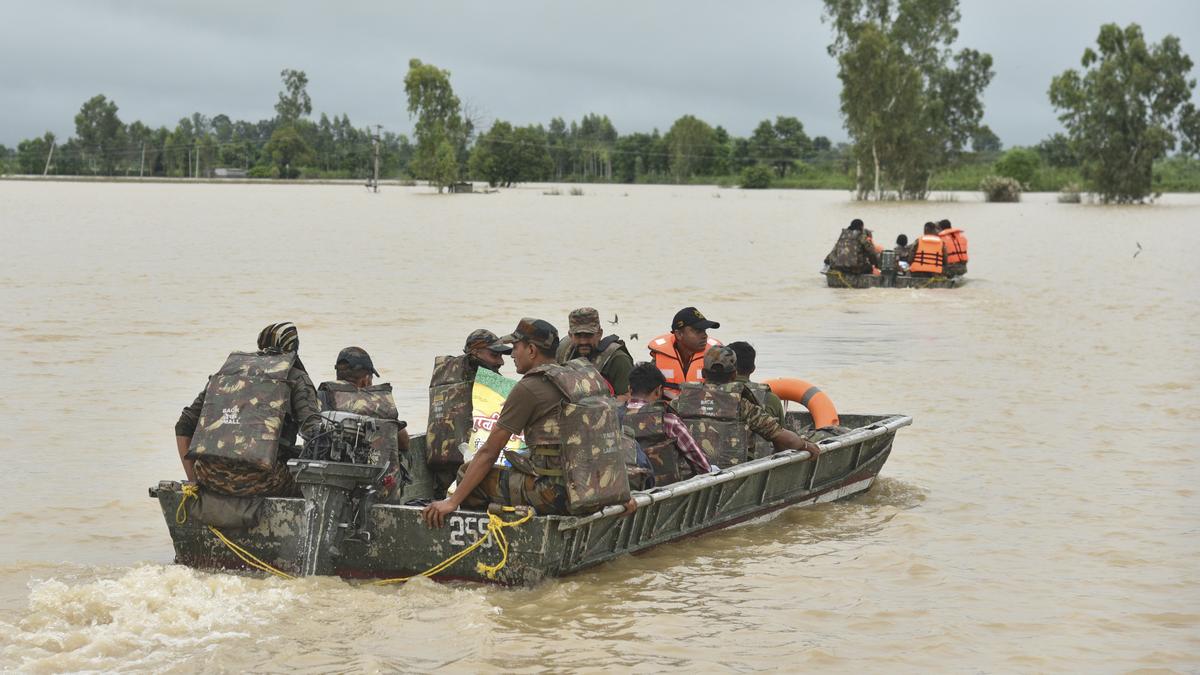Now Reading: Unchecked Development Puts Himalayan Ecosystem at Risk
-
01
Unchecked Development Puts Himalayan Ecosystem at Risk
Unchecked Development Puts Himalayan Ecosystem at Risk

Quick Summary
- August 2023 witnessed the worst floods in Punjab since 1988; rivers Sutlej, Beas, and Ravi caused extensive damage to villages.
- Heavy rainfall across India-controlled Kashmir and parts of Pakistan caused at least 34 deaths. Uttarakhand’s Dharali village disappeared after a landslide triggered by deluge.
- Similar disasters occurred in the region during the Kedarnath floods (2013) and Chamoli disaster (2021), largely attributed to climate change and development-driven activities.
- Experts highlight a combination of environmental instability, heavy rainfall, unregulated development, tree felling, glacial lake outburst floods (GLOFs), deforestation for tourism infrastructure as contributors to increasing disaster vulnerabilities.
- The Supreme Court raised concerns about environmental sustainability on multiple occasions:
– Tree logs floating during recent floods were termed a “very serious issue.”
– Governments warned not to prioritize revenue over ecological protections; lack of localized planning for mountainous regions cited as problematic.
- Hydropower installation is expanding rapidly with over 1,100 planned power plants in Himachal Pradesh alone; Uttarakhand hosts growing infrastructure projects too-perhaps ramping up risks tied to GLOFs or landslides.
Indian Opinion analysis
The recurring disasters in India’s Himalayan region signal alarming consequences of unchecked developmental projects compounded by climate changes.While urban-style growth plans aim to improve power generation or connectivity through hydropower-based energy solutions and roadway expansion, they often conflict with the fragile ecology unique to mountainous terrains. Experts advocate carrying capacity assessments before any intervention-a prudent step given rising average temperatures leading to greater glacial melt risks such as GLOFs.
Judicial observations underline the urgency required for balancing economic progress with ecological preservation-critical logging bans being one example. Long-term mitigation strategies like local involvement in hazard mapping alongside strict monitoring for infrastructure placement seem vital moving forward if tourism-led strain on resources is reversed effectively without halting responsible regional advancements entirely.Read more: The Hindu Article























